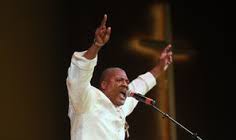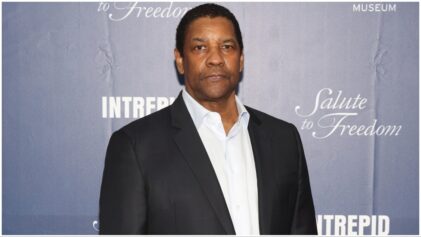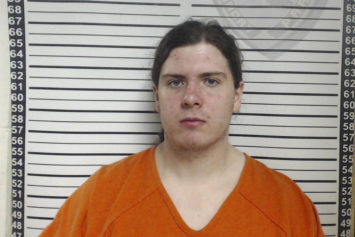“Many of the people who used to live in the Central District have moved to the south towns or the edge of the city where they can get more house more affordably,” Braxton told The Seattle Times. “It’s simple economics.”
Among the nation’s 50 largest cities, Seattle has the ninth lowest income for Black households at $25,700, which is a 13.5 percent drop from 2012, according to the Times. Homeownership by Blacks has decreased by almost half since 2000, according to the Times.
The Central District was nearly 80 percent Black in 1970. The Black community was stable and working-class, with many residents owning their homes. But after gentrification began in the late 1980s, Blacks began to leave the neighborhood. Now Seattle looks like a much less diverse place.
Braxton saw the trend. Many members of his former church at the time, Mount Zion Baptist Church in the Central District, were leaving along with the rest of the Black middle-class population in Seattle.
“It was very clear that the process of gentrification was well under way,” he said.
Braxton resigned from the church in 1999 and started a new church.
“I wanted to be ahead of the curve,” he told the Times.
He was: Since 2000, the Black population in the suburbs of Seattle has increased by 98 percent, according to the Times report.
His New Beginnings Christian Fellowship now has 1,700 members. Braxton had been delivering his sermons at Renton High school and Lindbergh High School until he was able to transform the former Renton Athletic Club into a 1,200 seat sanctuary, with a full basketball gym, a youth center, classrooms, an industrial kitchen, an early child center, bookstore and a coffee bar.
“There’s no way you’d be able to get that kind of property in the city,” Braxton said.
Braxton said that what’s happening in Seattle is a reversal of the white flight that used to be common on the East Coast.
“Seattle and San Francisco kind of break the rules,” Braxton told The Times. “When I was in the Northeast, on the East Coast in Buffalo, NY, it followed the paradigm where the affluent folks lived in the isolation protected suburbs, where they had fled after the race riots in the ’60’s.”
That was then. Now, what he is witnessing in Seattle is happening in most major cities once dominated by a Black population.
Braxton says that the development of high-priced residences in the city are driving the moderate to low-income people to move away.
“The best places to be are where the opportunities are better,” he said. “And nobody wants to be where the opportunities were.”


